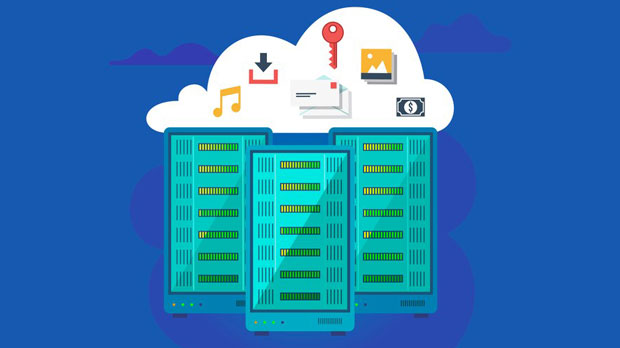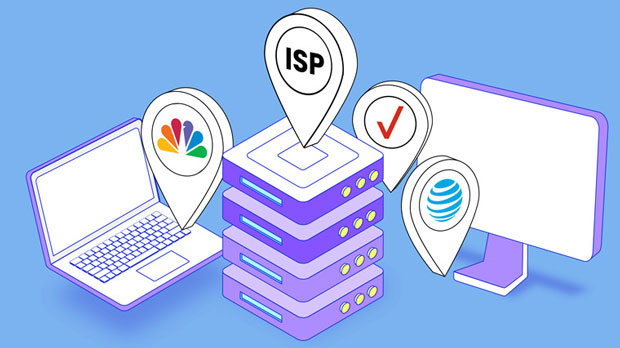In the digital age, managing multiple social media accounts has become an essential aspect for businesses, influencers, and digital marketers. However, the task is not without challenges, especially when it comes to maintaining account security, preventing bans, and ensuring smooth operations. This is where Residential sock s5 proxies come into play. By routing internet traffic through residential IP addresses, they provide a reliable and secure way to manage numerous accounts on various social media platforms. These proxies are crucial for avoiding detection, preventing IP-based blocks, and ensuring that each account operates independently. In this article, we will explore the importance and benefits of using Residential Socks5 proxies for managing multiple social media accounts, providing actionable insights for individuals and businesses. What are Residential Socks5 Proxies?Residential Socks5 proxies are a type of proxy server that routes internet traffic through IP addresses assigned to physical residential locations, rather than data centers. Unlike traditional proxies, which may be flagged as suspicious due to their server-based nature, residential proxies are perceived as genuine user traffic, which makes them less likely to be detected or blocked by websites or social media platforms. These proxies function on the Socks5 protocol, allowing users to bypass geographical restrictions and access content securely.Why Use Residential Socks5 Proxies for Social Media Account Management?Managing multiple social media accounts often involves handling a variety of tasks like posting content, engaging with followers, and monitoring account activity. Without the right tools, these tasks can quickly lead to account bans or suspensions. Residential Socks5 proxies provide several key benefits for managing multiple accounts:1. Avoiding IP Blocks and Account BansSocial media platforms are designed to detect and block suspicious activity, particularly when it comes to managing multiple accounts from a single IP address. For example, Facebook, Instagram, and Twitter have algorithms in place that monitor login patterns and activity frequency. If multiple accounts are accessed from the same IP address, it may raise red flags, leading to temporary suspensions or permanent bans.By using Residential Socks5 proxies, users can avoid this issue. Since the traffic is routed through different residential IP addresses, each account appears to be accessed from a unique location. This significantly reduces the chances of triggering automatic security measures on social media platforms.2. Enhanced Security and PrivacyWhen managing multiple social media accounts, privacy and security are paramount. Using Residential Socks5 proxies ensures that personal information, login credentials, and browsing habits are kept secure. These proxies mask the real IP address, making it more difficult for hackers or third-party trackers to identify the user’s location and personal information.Additionally, for businesses that manage customer interactions on social media, using proxies ensures that sensitive data remains protected. It also prevents competitors or malicious entities from tracking online activities or gathering insights into marketing strategies.3. Improved Geographical FlexibilitySocial media platforms often implement region-specific restrictions, meaning that certain content or features may be unavailable depending on the user’s location. Residential Socks5 proxies allow users to select IP addresses from various regions, enabling access to region-restricted content.For businesses targeting international audiences, this geographical flexibility is invaluable. It allows social media managers to view content from different countries, engage with a global audience, and tailor content to local preferences without encountering geo-blocking issues.4. Automation and ScalabilityMany social media management tasks can be automated using bots, including content posting, liking, commenting, and following. However, using automation tools can increase the risk of account suspension, particularly if the platform detects unusual patterns of activity coming from a single IP address.With Residential Socks5 proxies, users can distribute the automation tasks across multiple IP addresses, making the activities appear natural and reducing the risk of detection. This scalability is particularly useful for businesses that need to manage dozens or even hundreds of social media accounts simultaneously, as it allows them to maintain efficiency without compromising on security.5. Avoiding Rate Limits and CAPTCHA ChallengesSocial media platforms often impose rate limits to prevent spammy behavior. If an account makes too many requests within a short period, it may be temporarily blocked or asked to complete a CAPTCHA challenge. This can hinder the ability to manage multiple accounts effectively, especially if automation tools are used to speed up the process.By using Residential Socks5 proxies, users can bypass these rate limits. Since the traffic originates from different IP addresses, it is less likely that all accounts will hit the platform’s thresholds simultaneously. This ensures smoother operations, even when managing a large number of accounts.Practical Use Cases of Residential Socks5 Proxies in Social Media ManagementTo better understand the significance of Residential Socks5 proxies, let's examine some practical use cases:1. Influencers and Content CreatorsInfluencers often need to manage multiple accounts across various platforms to engage with different audiences. Whether it’s for personal branding, collaborations, or promotions, using Residential Socks5 proxies allows influencers to maintain separate profiles while avoiding restrictions that could hinder their growth. These proxies provide the necessary anonymity and security, ensuring that their accounts are safe from bans or suspensions.2. Digital Marketing AgenciesDigital marketing agencies managing multiple client accounts on social media platforms can benefit greatly from Residential Socks5 proxies. These proxies allow them to run campaigns, track analytics, and interact with multiple client accounts without the risk of account overlap or platform penalties. They can also automate tasks across various accounts, improving efficiency and maximizing reach.3. Social Media Managers for BusinessesFor social media managers handling the online presence of businesses, Residential Socks5 proxies are indispensable. They enable seamless management of different accounts for marketing, customer service, and promotions. The proxies allow social media managers to target different geographical regions and access local content, ensuring that the business's social media efforts are both secure and scalable.Best Practices for Using Residential Socks5 Proxies in Social Media ManagementWhile Residential Socks5 proxies offer many benefits, it’s essential to use them effectively. Here are some best practices to follow:1. Use Proxies from Trusted ProvidersNot all Residential Socks5 proxies are created equal. Ensure that you use proxies from reputable providers who offer high-quality, reliable, and secure services.2. Rotate Proxies RegularlyTo maintain optimal security and performance, rotate proxies frequently to avoid patterns that might be detected by social media platforms.3. Comply with Platform GuidelinesWhile proxies can help you bypass certain restrictions, it’s essential to comply with social media platform guidelines. Avoid over-automation or using spammy tactics that may result in account bans.Residential Socks5 proxies play a crucial role in social media account management, offering enhanced security, privacy, and flexibility. Whether you are an influencer, digital marketer, or business, these proxies help you overcome the challenges associated with managing multiple accounts. By using Residential Socks5 proxies effectively, you can ensure smooth and secure operations, minimize the risk of account bans, and scale your social media efforts efficiently.
Oct 17, 2025



































































